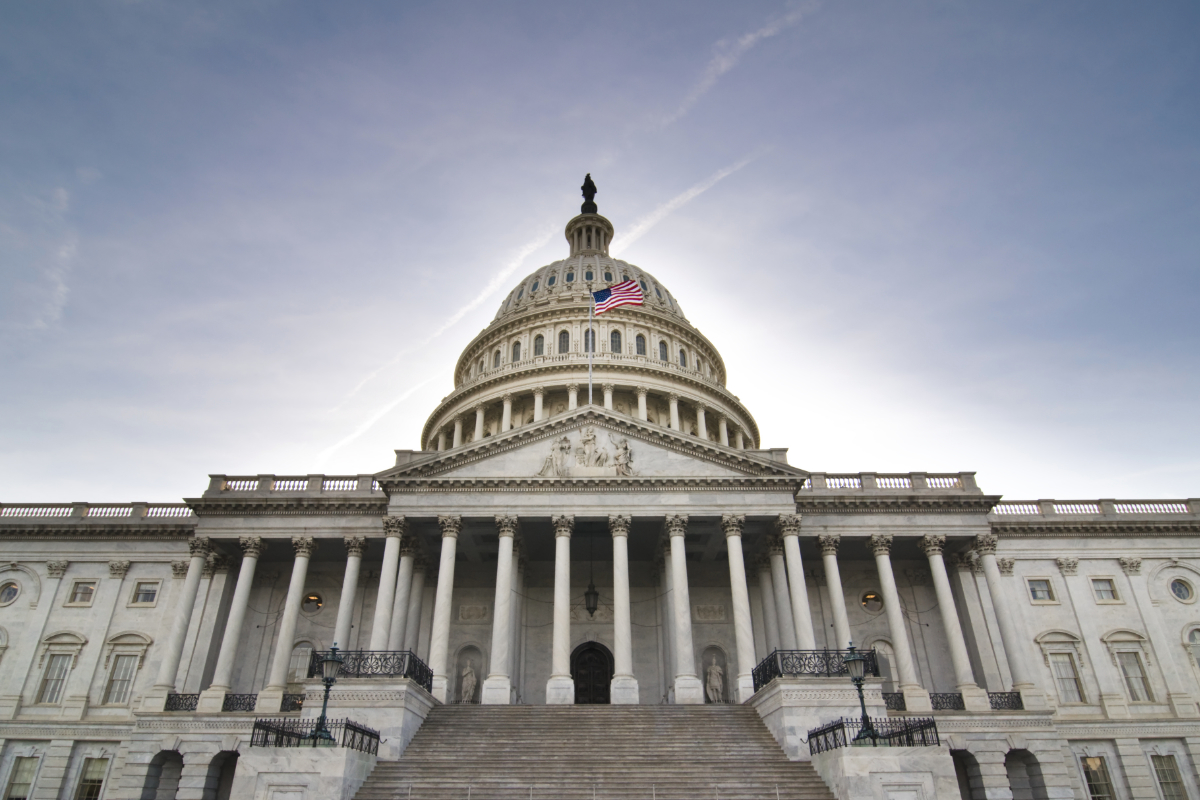By Moody’s Analytics
President Biden and House Speaker Kevin McCarthy announced over the Memorial Day Weekend an agreement in principle to limit federal spending and suspend the debt limit.
The House of Representatives has since passed the Fiscal Responsibility Act, which now goes to the Senate for a vote. This drama is playing out in the approach to June 5, when the Treasury has said it would be at risk of running out of cash.
The legislation suspends the nation’s $31.4 trillion borrowing limit until January 2025, thereby removing the debt limit as an issue until after the 2024 presidential election. In exchange for suspending the limit, Republicans extracted several policy concessions from the White House.
The most important of these are the caps on the federal discretionary budget that the bill imposes for fiscal 2024 and 2025. Under the bill, nondefense spending is to remain roughly flat in fiscal 2024 and then increase by 1% in fiscal 2025.
Meanwhile, the defense budget will grow by 3% in fiscal 2024, which would be consistent with Biden’s request in his fiscal 2024 budget proposal. However, the Fiscal Responsibility Act limits growth in the military spending budget to 1% in fiscal 2025.
Besides the caps on discretionary spending, the debt limit deal takes away some of the IRS funding that Democrats had included in the Inflation Reduction Act. The Fiscal Responsibility Act will tighten work requirements for certain recipients of government social benefits through the Supplemental Nutrition Assistance Program and the Temporary Assistance for Needy Families program.
In particular, the deal expands work requirements for childless adults aged 50 to 54 receiving food stamps through SNAP. Under current law, those work requirements apply only to childless, able-bodied adults aged 18 to 49.
The bill addresses pandemic-era policies, most notably it ends the current freeze on student loan repayments. Student loan forbearance, in place since the onset of the pandemic and costing the federal government roughly $5 billion per month, will end in August. The debt limit deal also claws back nearly $30 billion in unspent money from past pandemic relief packages.
Finally, the bill includes changes in the National Environmental Policy Act that aim to streamline energy permitting. It tasks a single federal agency to oversee environmental reviews, which will then be required to take no longer than two years.
Minor headwind
The Fiscal Responsibility Act will present only a minor headwind to U.S. growth. At the peak of its macroeconomic impacts in late 2024, the debt limit deal will reduce real GDP by 0.15%, boost the unemployment rate by 0.1 percentage point, and cut nonfarm employment by 120,000 jobs.
The nearly 10% increase in non-emergency, base discretionary funding for the current fiscal year will limit the macroeconomic fallout from the discretionary spending caps under the agreement.
We expect that nearly 40% of the fiscal 2023 increase in base discretionary funding will bleed into the next two fiscal years.
Opening door for rate hike?
Instead of continuing to steadily decline, job openings in the U.S. reversed course in April. The latest Job Openings and Labor Turnover Survey shows openings rose to 10.1 million from March’s 9.745 million. Moody’s Analytics expected another reduction in April, and the upside surprise is even more disconcerting given the upward revision to March’s figure (previously 9.59 million).
However, the story was not entirely inflationary. The job quits rate, the better predictor of wage growth, fell from 2.5% in March to 2.4% in April. The latest reading is its lowest since early 2021. Job openings had declined in the first three months of the year. That downward trend kept alive the possibility that the needed loosening in the U.S. labour market might come primarily from a reduction in openings. This would allow wage growth to cool without a dramatic increase in joblessness.
Throughout the central bank’s post-pandemic tightening cycle, Fed Chair Jerome Powell has often held out the potential for job openings to decline from their elevated level as a way for the U.S. economy to release some inflation pressure from the economy without necessitating a recession.
When asked at May’s Federal Open Market Committee press conference whether a recession could still be avoided Powell responded that “it wasn’t supposed to be possible for job openings to decline by as much as they’ve declined without unemployment going up.”
Powell’s response came after job openings had declined monthly from January to March. April’s is just one monthly data point, and we’ve seen a few upside surprises, notably in December, that came to represent temporary deviations, not changes in trend.
At the Fed, another decline in April would have been preferable, but the increase will not cause panic. Some well-timed and direct (as far as central banker communication goes) comments Wednesday from Fed leaders indicate a pause is likely when the FOMC reconvenes in mid-June. Inflation’s stubbornness in April and the relentlessly tight labour market increased the odds of another quarter-point rate hike.
Earlier last week, futures markets placed a two-thirds probability that June’s FOMC meeting would deliver an 11th consecutive hike. After Wednesday’s comments from Fed officials, those odds fell to roughly one in four.










